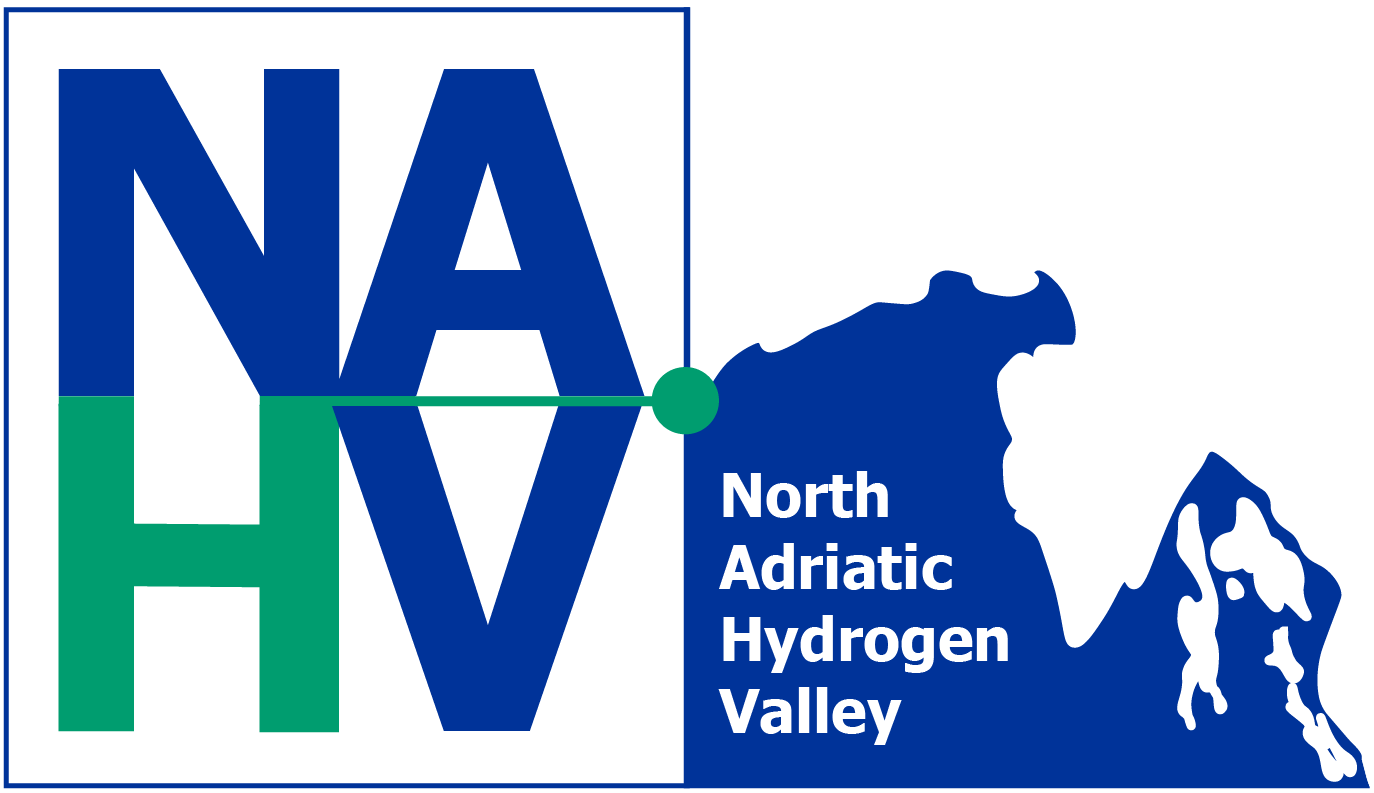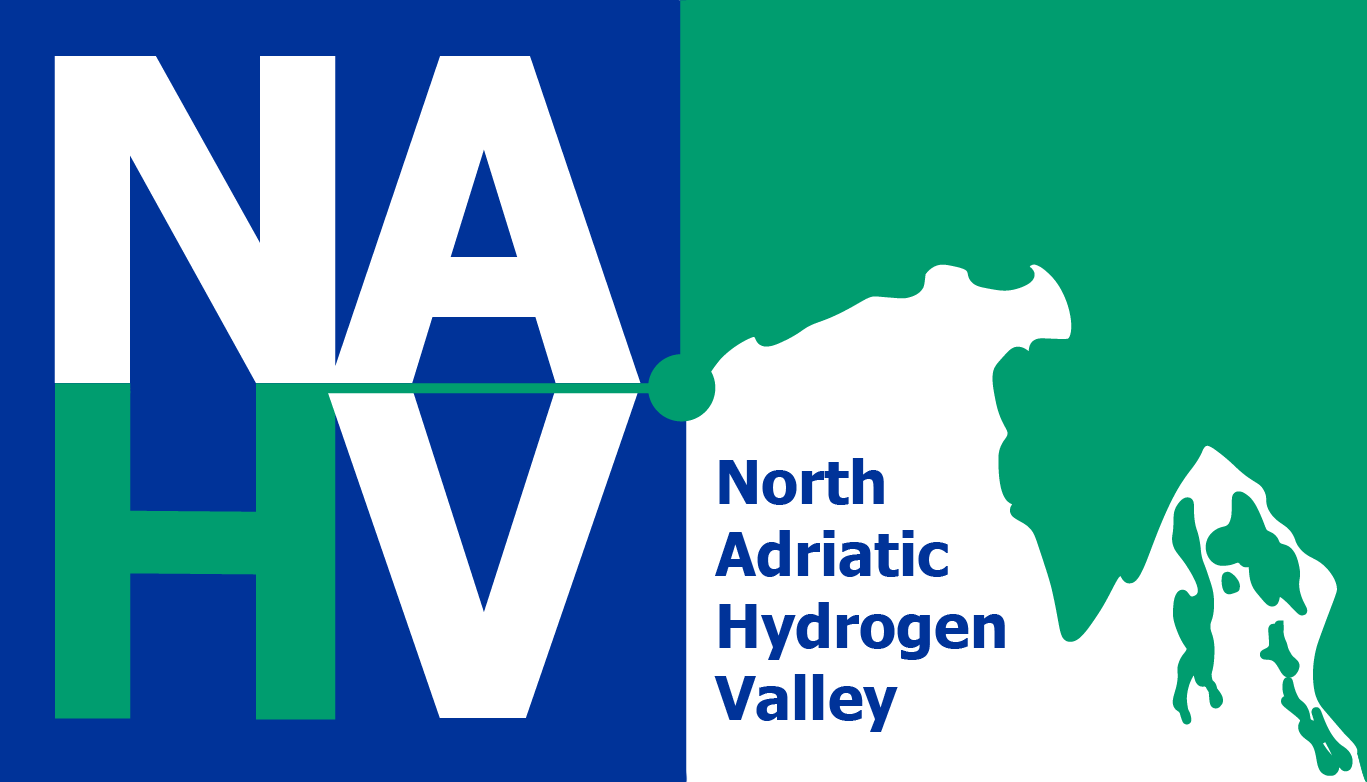NAHV's objectives and ambition

The aim and main objectives of the NAHV
The project’s main goal is the creation of a hydrogen-based economic, social and industrial ecosystem based on the capacity of the quadruple helix actors. This will drive economic growth, generating new job opportunities within the framework of both the green and digital transitions and, by creating the conditions for wider EU replicability, it will contribute to the creation of a European Hydrogen Economy.
To fulfil these objectives, the NAHV project involves a well-rooted partnership of 37 organisations (of which two are in Hydrogen Europe, and three in Hydrogen Europe Research), covering the transnational Central European area of three territories – Slovenia, Croatia and the FVG Region, demonstrating cross-border integration of hydrogen production, distribution and consumption, and building up capacities for an annual hydrogen production of over 5000 tons of which over 20% is expected to be exchanged within the area of the NAHV.
The project will activate 17 testbed applications in their related ecosystems, clustered in three main pillars – hard-to-abate industries and the energy and transport sectors. These will act as real-life cases for piloting global hydrogen markets, moving from Technology Readiness level (TRL) 6 at the beginning to TRL 8 by the end of the project.
Four fuel cell applications in the energy and transport sectors will be demonstrated. Testbeds will then be scaled up to the industrial level as a replicable model, contributing to the decarbonisation of the three territories by harnessing renewables to improve system resilience, security of supply, and energy independence.
Replicability will also be ensured for the whole NAHV model, with the uptake of at least five additional hydrogen valleys in Europe, particularly in Central and South-Eastern Europe.
The NAHV’s distinctive ambition
Renewable hydrogen is universally considered to be an important energy vector for combating climate change. It enables the decarbonisation of hard-to-abate sectors, acting as a no-emission fuel with vast potential for industrial development and job creation. Its benefits are also acknowledged through the many dedicated national hydrogen (H2) strategies which have been published globally in recent years. Simultaneously, the emergence of a hydrogen market economically stimulates regions where hydrogen is produced, and associated technologies are deployed by creating new jobs and showcasing the regions as environmental forerunners. In this sense the NAHV is one of the most promoted hydrogen valleys in Europe. It is the first transnational Hydrogen Valley in the EU, merging two countries and one region, and is set to contribute to opening Central Europe to the Balkans.
The NAHV clusters several industrial and research initiatives to carry out testbed applications across the complete hydrogen value chain (production, transport, distribution, and end use with storage). Its concept is a result of the stimulus of the North Adriatic cross-regional innovation ecosystem, as industries have already implemented important investment in the North Adriatic Region, including building the first privately funded hydrogen re-fuelling station (HRS). The project therefore provides guidance to several initiatives already put in place by the industries and research organisations. In fact, the NAHV is a strong industry-driven initiative, built bottom-up and supported by universities and governments.

